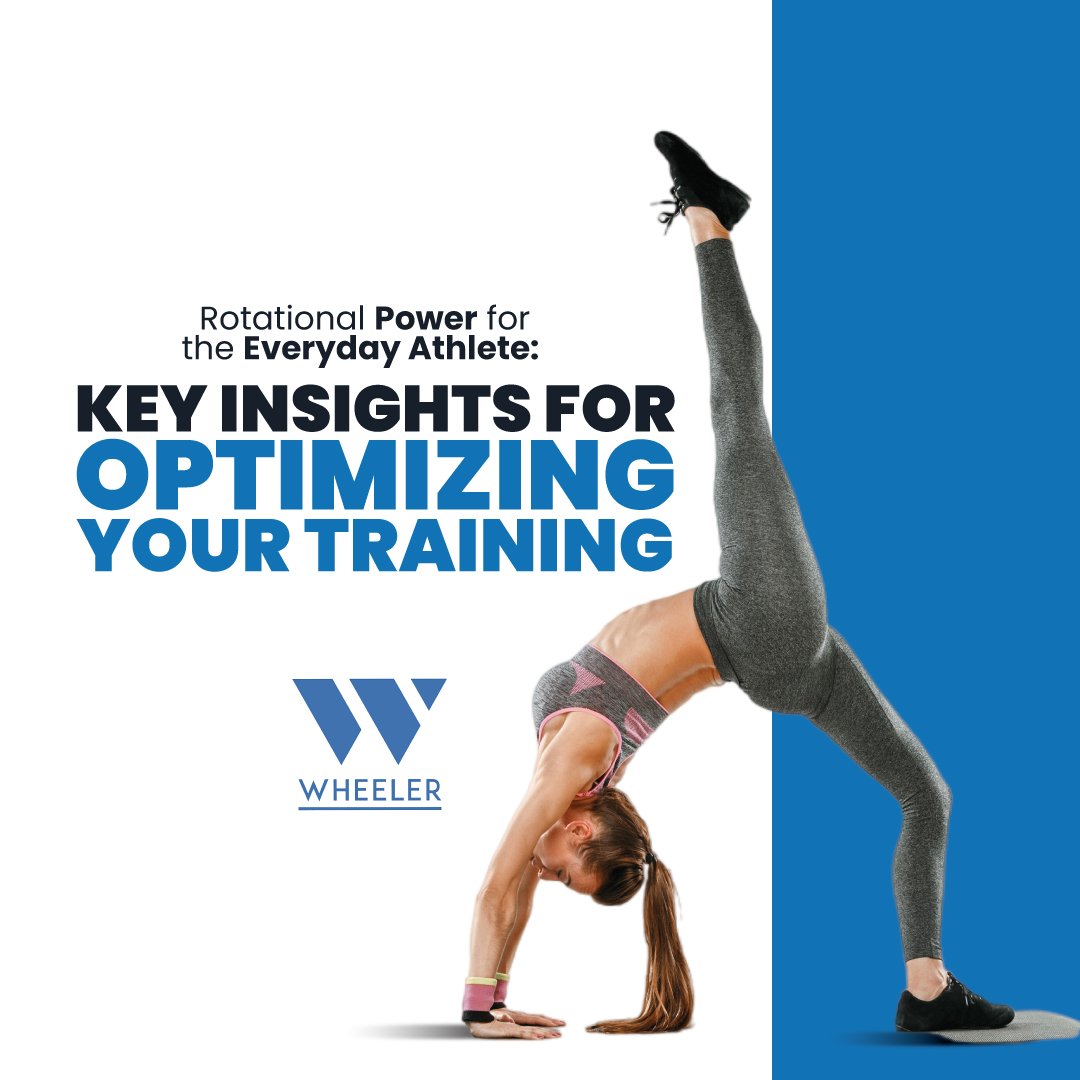Recently, I had the incredible opportunity to attend a workshop on rotational power led by David Otey at the NSCA conference. It was an enriching experience that left me with much to ponder and apply in my training and that of my clients. I want to share with you everything I learned about this crucial topic, which can make a significant difference in our sports performance and daily lives.
What is Rotational Power?
David began his presentation by defining rotational power as the ability to generate force around a central axis through the precise integration of muscular and joint systems. This type of movement is essential in numerous sports and daily activities. To illustrate his point, he mentioned examples from sports like baseball, football, and hockey, where rotational movements are fundamental for optimal performance. Rotational power isn’t limited to the sports field; it’s also crucial in daily activities like lifting objects, turning to look both ways before crossing the street, or even performing household chores.
The Relevance of Rotational Power in Daily Life
One of the most revealing points of the workshop was how frequently we use rotation in our daily activities. David made us reflect on common situations, such as trying to get on an elevator while someone else is trying to get off at the same time. In these cases, we perform rotational movements that, if not adequately trained, can lead to compensations and possible injuries in vulnerable areas like the lumbar spine.
Examples of Rotation in Daily Life:
- Climbing and Descending Stairs: This movement requires slight trunk rotation to maintain balance and stability.
- Turning to Grab an Object: Whether in the kitchen or the office, turning to reach for something involves rotation.
- Recreational Activities: Sports like golf or tennis, and activities like gardening, also involve significant rotational movements.
Training Rotational Power:
David emphasized the importance of following a structured approach to training rotational power. This approach includes several key components:
1. Dynamic Mobility
It’s essential to ensure that the joints have the necessary mobility to perform safe and efficient movements. This involves working on the flexibility and range of motion of key joints like the hips and shoulders. A good range of mobility allows the body to perform rotational movements without restrictions, reducing the risk of injury.
Dynamic Mobility Exercises:
– Hip Stretches: Such as the hip flexor stretch in a kneeling position.
– Trunk Rotations: Exercises involving controlled torso twists to improve spinal mobility.
2. Joint Stability
Besides mobility, joints must be stable to support rotational movements without injury risk. Joint stability is achieved by strengthening the muscles surrounding the joints and working on proprioception, which is the ability to sense the position and movement of our limbs.
Stability Exercises:
– Side Plank: Strengthens the core stabilizer muscles.
– Glute Bridge: Improves pelvis and lower back stability.
- Anti-Rotation and Anti-Flexion
Before learning to generate rotational movements, it’s crucial to learn to resist them. This helps strengthen the core and provides a solid foundation for more complex movements. David mentioned that anti-rotation resistance is fundamental for developing a strong and functional core.
Anti-Rotation Exercises:
– Pallof Press: An exercise that challenges the core’s ability to resist rotation.
– Band Anti-Rotation Holds: Using resistance bands to maintain stability against a force trying to rotate the body.
- Exercise Progression
It’s vital to start with bilateral movements in a fixed position and gradually incorporate more dynamic and unilateral positions. This ensures the body adapts correctly and develops efficient movement patterns. David suggested a logical progression from static to dynamic positions to optimize rotational training.
Exercise Progression:
– Bilateral Position: Exercises like lifting weights with both feet on the ground.
– Unilateral Position: Movements involving one leg or arm at a time, like lunges.
Practical Examples in Rotational Training
During the workshop, David showed us several practical exercises that can be easily implemented in any training routine. From using resistance bands for anti-rotation exercises to more advanced movements like the horizontal bridge in figure four, each exercise aims to strengthen the core and improve rotational power safely and effectively.
Highlighted Exercises:
- Horizontal Bridge in Figure Four:
This exercise, popularized by Tom House, is excellent for working on core stability and strength while practicing rotation.
- Lateral Runs:
Lateral runs are ideal for developing lateral speed and rotational power, as they force the body to move in multiple planes.
- Rotations with Resistance Bands:
Using a resistance band to perform controlled trunk rotations can help improve both strength and stability of the core.
The Importance of the Serape Effect
David also explained the concept of the Serape Effect, proposed in the 1970s and popularized by Juan Carlos Santana. This effect describes how the core muscles work in sync to produce efficient rotational movements. The serape is a traditional Mexican garment that wraps around the body, symbolizing how the core muscles wrap and work together to support complex movements.
Long-Term Benefits of Rotational Training
Training rotational power not only improves sports performance but also has significant benefits for long-term health and functionality. By strengthening the core and improving joint mobility and stability, we can prevent injuries and maintain a high level of physical activity throughout our lives.
Key Benefits:
– Injury Prevention: A strong and stable core can reduce the risk of back and other vulnerable area injuries.
– Performance Improvement:Athletes can see improvements in performance due to greater efficiency and power in their movements.
– Quality of Life: Daily activities become easier and safer, contributing to a better overall quality of life.
Conclusion
Rotational power is an essential aspect of training that is often overlooked. Thanks to David Otey’s teachings, I now have a deeper understanding of how to train and apply these principles not only in sports but also in our daily lives. I encourage everyone to incorporate these concepts into their exercise routines to maximize the benefits of greater rotational power. Remember, the key lies in progression and understanding how our body moves and responds to different stimuli. Let’s keep training smart to live better and stronger every day! Visit https://wheelersportstech.com/wheeler-academy-sports-science/ to be part of our academy for trainers and athletes!
Author


